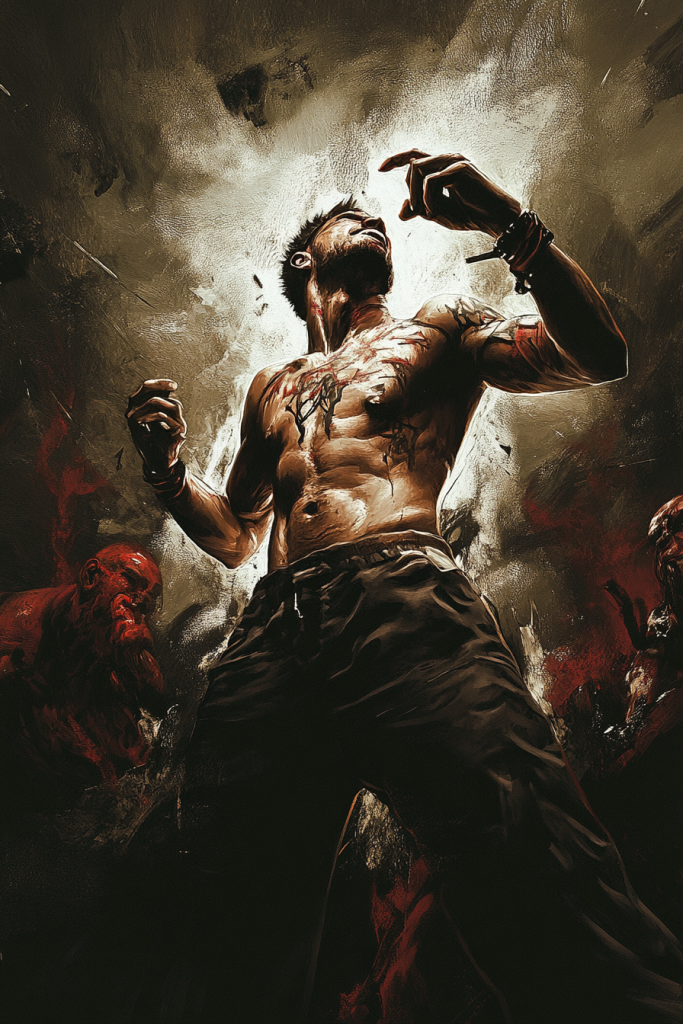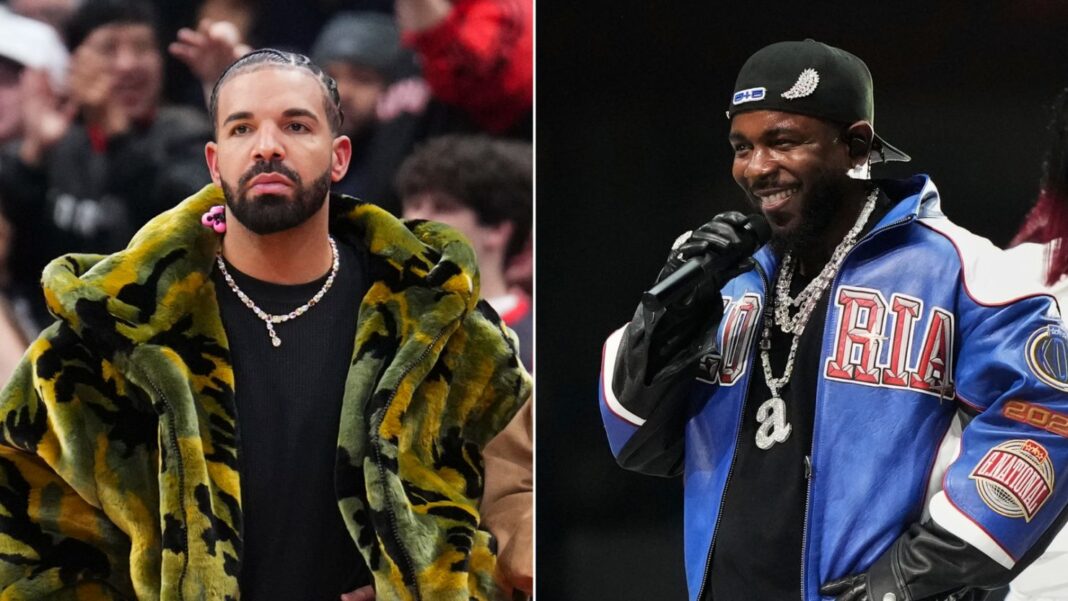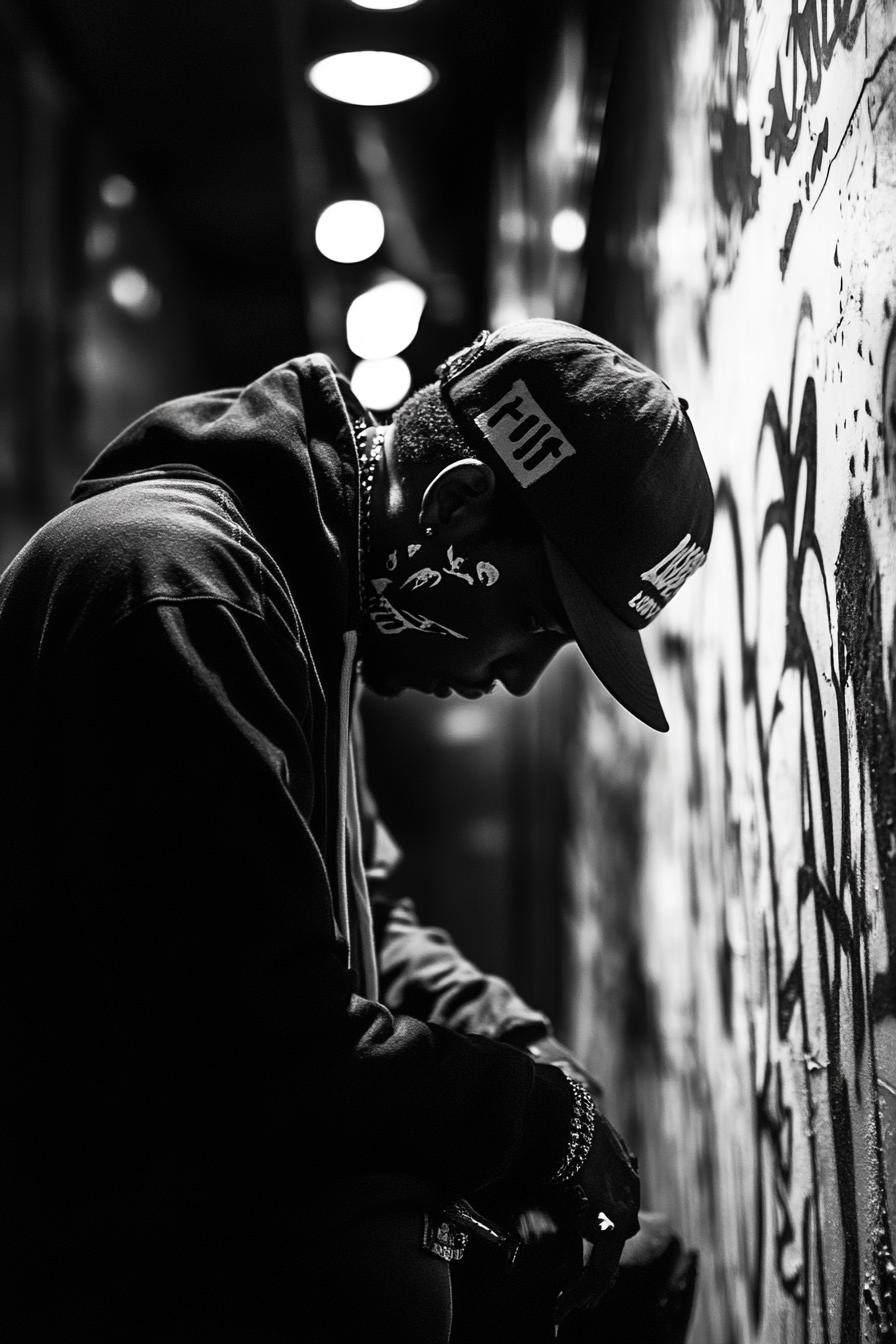Evolution of Hip-Hop Beef Culture
Origins of Hip-Hop Rivalries
The genesis of hip-hop rivalries can be traced back to the very beginnings of the genre in the late 1970s and early 1980s. These early conflicts were often rooted in the competitive spirit inherent in hip-hop culture. Emcees and DJs would engage in battles to showcase their skills, vying for respect and recognition within their communities.
Hip-hop originated in the Bronx, New York, where block parties became breeding grounds for these friendly competitions. DJs would compete to draw the biggest crowds, while emcees would engage in lyrical battles known as “freestyle” contests. These battles were instrumental in the evolution of the genre, pushing artists to continually hone their craft and innovate.
As hip-hop grew, so did the scope of these rivalries. They moved beyond the local block parties and into more public arenas, such as radio stations and live performances. The competitive nature of these early rivalries set the stage for the more intense and high-profile “beefs” that would later dominate the genre.

The Rise of ‘Beefs’ in Hip-Hop Culture
The 1980s and 1990s saw the transition from friendly competition to the more adversarial “beef” culture that would come to define hip-hop. These confrontations were marked by public feuds, diss tracks, and, in some cases, physical altercations.
A pivotal moment in the rise of hip-hop beefs was the infamous feud between Marley Marl and KRS-One. This rivalry, which began as a battle over creative differences and territorial pride, escalated into a series of diss tracks that captured the attention of hip-hop fans worldwide. KRS-One’s “South Bronx” and Marley Marl’s “The Bridge” are prime examples of how these feuds transition from local disputes to nationally recognized conflicts.
Perhaps the most iconic and defining rivalry was the East Coast vs. West Coast feud of the 1990s. This conflict pitted major hip-hop artists from New York (East Coast) against those from Los Angeles (West Coast), resulting in a series of highly publicized diss tracks and media coverage. The feud reached its peak with the tragic deaths of Tupac Shakur and The Notorious B.I.G., which underscored the dangerous consequences of these rivalries.
| Year |
Rivalry |
Key Figures |
Notable Diss Tracks |
| 1985 |
Marley Marl vs. KRS-One |
Marley Marl, KRS-One |
“The Bridge,” “South Bronx” |
| 1994 |
East Coast vs. West Coast |
Tupac Shakur, The Notorious B.I.G. |
“Hit ‘Em Up,” “Who Shot Ya” |
The rise of beefs in hip-hop culture reflects the genre’s roots in competition and the desire for dominance and respect. While these rivalries have led to some of the most memorable moments and music in hip-hop history, they also highlight the darker side of the genre’s quest for supremacy.
Iconic Hip-Hop Beef Sagas
Throughout the history of hip-hop, some rivalries have become legendary, shaping the genre and influencing both artists and fans. This section focuses on three key aspects: the East Coast vs. West Coast rivalry, notorious feuds and diss tracks, and their impact on the industry and artists.
East Coast vs. West Coast Rivalry
The East Coast vs. West Coast rivalry is perhaps the most infamous feud in hip-hop history. Emerging in the late 1980s and peaking during the mid-1990s, this rivalry pitted artists and labels from the East Coast, primarily New York, against those from the West Coast, particularly Los Angeles.
| Coast |
Key Artists |
Main Record Labels |
Notable Events |
| East Coast |
The Notorious B.I.G., Nas, Jay-Z |
Bad Boy Records, Def Jam |
Source Awards 1995 (“The King of New York” declaration), Tupac’s shooting in New York |
| West Coast |
Tupac Shakur, Dr. Dre, Snoop Dogg |
Death Row Records, Ruthless Records |
Vibe Magazine cover story, 1995 MTV interview with Tupac |
Notorious Feuds and Diss Tracks
Some conflicts in hip-hop have transcended regional boundaries to become personal vendettas between artists. These feuds are often intensified by diss tracks—songs explicitly aimed at discrediting an opponent. Notable feuds include:
- Nas vs. Jay-Z: The feud between these two New York giants produced some of the most influential diss tracks, including Nas’s “Ether” and Jay-Z’s “Takeover.”
- Drake vs. Meek Mill: This more recent feud highlighted the power dynamics in modern hip-hop, with tracks like Drake’s “Back to Back” gaining massive popularity.
Impact on Artists and the Industry
Hip-hop rivalries and beefs have had a profound impact on the artists involved and the music industry as a whole. These conflicts have influenced record sales, public perceptions, and even led to tragic consequences.
| Category |
Positive Impact |
Negative Impact |
| Record Sales |
Increased album sales and publicity |
Short-term gains often followed by long-term repercussions |
| Public Perception |
Solidified artist legacies and intensified fan loyalty |
Deteriorated relationships between artists and within communities |
| Industry Dynamics |
Brought attention to emerging artists and labels |
Heightened tension leading to violent outcomes (e.g., deaths of Tupac and The Notorious B.I.G.) |
The saga of hip-hop beefs, especially iconic ones, continues to shape and redefine the genre. Examining these conflicts offers valuable insights into the complex interplay between art, culture, and society in the world of hip-hop.
Societal and Cultural Influence
Examining Power Struggles
Power struggles have been a recurring theme in hip-hop beef sagas, often reflecting broader societal issues. Rivalries within the music genre frequently mirror hierarchies and conflicts present in society at large, such as battles for dominance, control, and respect. These disputes often escalate into public conflicts, shedding light on the socio-political landscape of the times.
| Rivalry |
Year |
Key Figures |
| East Coast vs. West Coast |
1990s |
The Notorious B.I.G., Tupac Shakur |
| Boogie Down Productions vs. The Juice Crew |
Late 1980s |
KRS-One, Marley Marl |
| Jay-Z vs. Nas |
Early 2000s |
Jay-Z, Nas |
Gender Dynamics in Hip-Hop Beefs
Gender dynamics offer a unique perspective on hip-hop rivalries, as male and female artists face different challenges and expectations. Historically, male artists have dominated diss tracks and beef sagas, while female rappers often encounter additional scrutiny and bias. This discrepancy highlights gender inequalities both within the music industry and in broader cultural contexts.
| Feud |
Year |
Key Figures |
Key Diss Track |
| Nicki Minaj vs. Remy Ma |
2017 |
Nicki Minaj, Remy Ma |
“ShETHER” |
| Lil’ Kim vs. Foxy Brown |
Late 1990s |
Lil’ Kim, Foxy Brown |
“The Notorious K.I.M.” |

Reflection of Societal Realities
Hip-hop beefs often serve as a reflection of societal realities, mirroring issues related to race, class, and economic opportunity. Artists use their platforms to discuss their personal experiences, frustrations, and the systemic challenges they face. These narratives offer valuable insights into the socio-economic conditions affecting communities and contribute to the ongoing dialogue about social justice.
| Topic |
Artist(s) |
Impact |
| Systemic Racism |
Various |
Amplifies awareness of racial injustice |
| Economic Struggle |
Various |
Highlights economic challenges |
| Urban Violence |
Various |
Sheds light on community violence |
In examining these aspects, it’s clear that hip-hop beefs are not just about personal feuds, but also serve as a lens through which larger societal issues can be understood.
The media and public perception play significant roles in the evolution and amplification of historical hip-hop beefs. From broadcast news to social media, the ways in which conflicts are portrayed and consumed have a profound impact on artist reputations and fan engagement.
The media has long been instrumental in magnifying hip-hop rivalries, turning personal conflicts into public spectacles. By offering constant coverage and commentary, media outlets amplify these beefs, often escalating the tensions between artists.
| Medium |
Impact Level (1-10) |
| TV News |
8 |
| Music Magazines |
7 |
| Radio Shows |
6 |
| Social Media |
9 |
Media coverage frequently includes interviews, opinion pieces, and coverage of diss tracks, which provide a platform for artists to air grievances and escalate tensions. This coverage often highlights provocative statements and dramatic moments, which can fuel further confrontations.
Public Reaction and Fan Involvement
Public reaction and fan involvement are pivotal in shaping the narratives around hip-hop beefs. Fans often take sides, supporting their favorite artists in online forums, social media discussions, and even at live events. This fervent support can drive streaming numbers and album sales for artists involved in prominent feuds.
Fans engage in:
- Social media discussions
- Attending concerts
- Purchasing merchandise
- Streaming diss tracks
| Fan Activity |
Impact on Beef (1-10) |
| Online Debates |
8 |
| Concert Attendance |
6 |
| Merchandise Sales |
5 |
| Streaming Diss Tracks |
7 |
Fan participation can both support and hinder artists, as intense scrutiny sometimes pressures artists into escalating the conflict merely to satisfy their followers.
Influence on Hip-Hop’s Evolution
The interplay between media coverage and public perception influences the broader trajectory of hip-hop culture. Historical beefs have contributed to the evolving artistry, thematic focuses, and rivalry dynamics within the genre. Over time, these conflicts have shaped not just individual careers, but also the cultural and societal contexts in which hip-hop exists.
Key influences include:
- Innovative lyrical content
- Evolution of music styles
- Introduction of new sub-genres
- Shifts in industry power dynamics
| Aspect |
Influence Level (1-10) |
| Lyrical Content |
8 |
| Music Styles |
6 |
| New Sub-Genres |
5 |
| Industry Dynamics |
7 |
Understanding the role of media and public reaction in historical hip-hop beefs provides insight into the significant cultural impact of these iconic rivalries. The dynamics between artists, media, and fans continue to shape the evolution of hip-hop as a genre and cultural force.
Lessons Learned and Moving Forward
Impact of Historical Beef Sagas
Historical hip-hop beefs have left a lasting mark on the music industry. These conflicts often resulted in heightened tensions and significant artistic output, with numerous diss tracks and public confrontations. Beyond the music, these rivalries had real-world consequences, sometimes leading to violence and tragedies.
| Aspect |
Notable Examples |
| Diss Tracks |
“Hit ‘Em Up” by Tupac, “Ether” by Nas |
| Public Confrontations |
Tupac vs. Biggie, Jay-Z vs. Nas |
| Consequences |
Increased media scrutiny, violence |
Evolution of Conflict Resolution in Hip-Hop
Over time, the methods for resolving conflicts in hip-hop have evolved. While the early days were marked by public feuds and aggressive tracks, more recent approaches include dialogue and collaboration. Social media has also played a role, enabling artists to address issues directly and more transparently.
| Era |
Conflict Resolution Methods |
| 1980s-1990s |
Diss tracks, public feuds |
| 2000s-Present |
Dialogue, social media interactions, collaborations |
Significance in Hip-Hop History and Culture
These historical beefs are not just isolated incidents; they reflect broader societal and cultural dynamics. The rivalries often highlight issues of power, gender, and societal realities. They have also influenced the evolution of the genre, adding layers of complexity to hip-hop’s narrative.
| Influence |
Examples |
| Societal Issues |
Power struggles, gender dynamics |
| Cultural Impact |
Shaping genre narrative, artist development |
| Media Influence |
Amplification of conflicts, public perception |
The significance of these beefs in hip-hop history extends far beyond the music, offering insights into the cultural and societal factors that shape the genre. Understanding these conflicts provides a deeper appreciation of hip-hop’s evolution and its place in broader cultural discourse.







